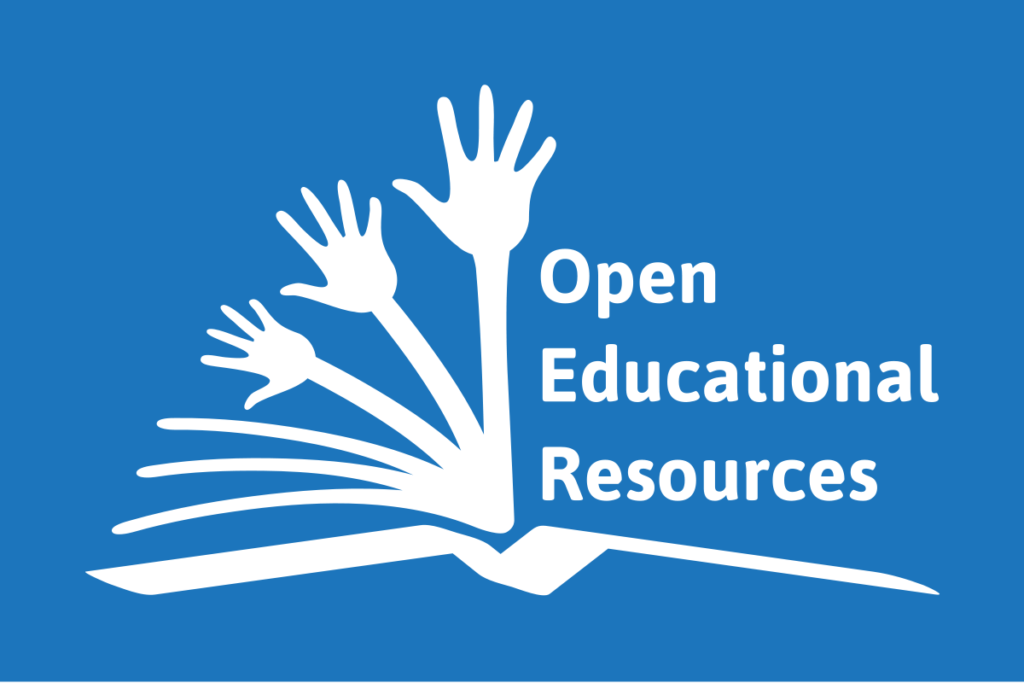
January 2018 –
CAPDM Newsletter
CAPDM Thinking
Institutions & Textbooks

Dear Reader,
Use of OER textbook now equal to commercial textbook in some US courses
Open Education Resources – OERs are a bit hit or miss, but there are now some very mature and valuable resources out there. While UK institutions are cautious about using these resources, their use is picking up in the US particularly among universities embarking on online education.
These free resources require a bit of understanding. The universities using these resources realise they need to be ?enabled? to adopt the new digital publishing and management “capabilities” that underlie them. They have to commit to the discipline of using and maintaining them, generally integrating them with their own evolving course and knowledge domains.
OpenStax (originally CNX) is a good example of these long-term, cherished and reusable repositories. It contains many increasingly popular textbooks. However its publishing technologies arent generally available. This highlights why OER content ? particularly formally managed repositories ? is not something that may be readily adopted to full effect. Content without matching capability is only half-a-solution nowadays.
What OpenStax does represent, however, is a disruption to the long established commercial textbook publisher business. Fully exploited, OpenStax resources can be seamlessly integrated with an institution?s own course designs to develop a true ?learning? product, rather than just a textbook. This is certainly a trend that publishers are trying to follow, so it will be interesting to see if OpenStax can stand the test of time once the industry response to their disruption bites.
The “Opening the Textbook” survey, recently published by the Babson Survey Research Group, reported that using OER as textbooks in the USA nearly doubled in the last year ? from 5 percent in 2015-16 to 9 percent in 2016-17.?Inside Higher Ed?also noted that faculty members are now choosing OpenStax textbooks for large-enrolment introductory courses at roughly the same rate as commercial textbooks.
The hoped-for disruption of commercial textbook business practices is beginning to take hold.
The institutional role in the transition to digital curricular materials
There was another interesting article this month ? one by Phil Hill in the 07/Jan/2018?e-Literate newsletter, dwelling upon the revised ?Top Hat? digital publishing system and new content market place for course instructors. Top Hat offer a self-publishing solution that now addresses the need to update online learning materials, using a peer-review workflow if desired.
We know such companies come and go for a variety of reasons. Any personally produced learning assets in proprietary content production or delivery systems like Top Hat are unlikely to stand the test of time. They will eventually get lost, forgotten or eroded by advancements in technology or pedagogy. Also, unless personal publishing solutions capture a majority of instructors, they are unlikely to drive up the lowest common denominator in good quality digital learning materials. It might be adopted at faculty level, but it?s really an institutional problem, not a personal or a group one.
The big difference with digital learning materials is that they should now be able to “stand the test of time”. This means we should create them carefully (reusably, openly, semantically, consistently) and have them cherished and maintained by long-lived entities that will value, maintain and evolve them. Who is best suited to do that? The individual authors ? who may come and go? External education publishers ? who at present would find it a conflict of interest?
No, it has to be institutions themselves.
Martin Smith
Managing Director, CAPDM Ltd.
About the author
Martin Smith MSc is a core founder and managing director of CAPDM Ltd. A software engineer by trade, during the 1990’s he was product development manager for Office Workstations Limited and GUIDE 3 – the first commercial hypertext product. He worked for OWL International Inc in Seattle as an electronic publishing solutions consultant, responsible for the specification and implementation of electronic publishing solutions for Ford, GEAE and the US Navy. Through CAPDM, Martin has been applying open-standards based single-source publishing technologies to higher education for 25+ years, and has influenced the development of some of the most successful online distance learning programs operating today.
|
CAPDM Case Study The World’s largest online MBA? Heriot-Watt
|
CAPDM Case Study A decade of single-source publishing London Institute of Banking & FinanceHow we helped LIBF to become one of the best providers of banking/finance degrees among specialist universities & alternative higher education institutions. |
This newsletter was originally sent by CAPDM Ltd. on the 16 January 2018.



